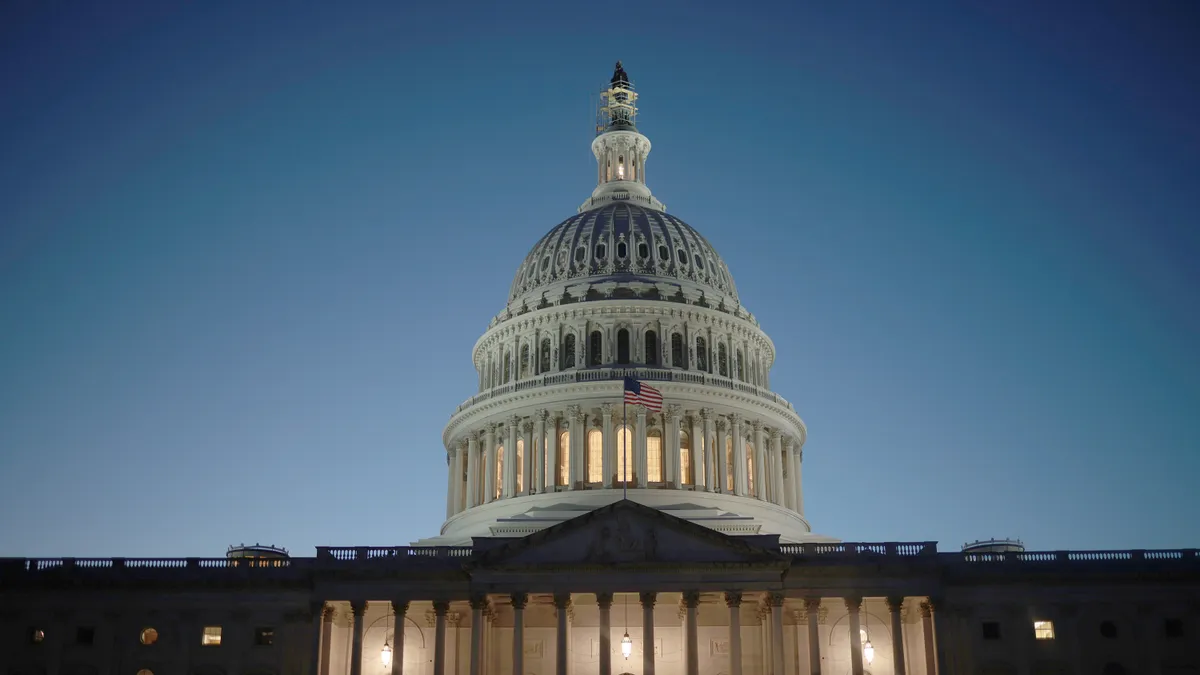Dive Brief:
- Robert Kelchen, an assistant professor of higher education at Seton Hall University, outlined the emerging value of research on performance-based funding models for public colleges and universities on his blog. Kelchen wrote that while there is concern about how these policies create incentives for public institutions to raise their recruiting and enrollment standards, most also reward institutions for creating opportunities for non-white students and students from low-income households.
- Kelchen cited Indiana as an example of a state using performance-based funding to benefit historically underrepresented student groups. "For example, Indiana now gives $6,000 to a college if a low-income student completes a bachelor’s degree; while this is far less than the $23,000 that the college gets if a student completes their degree in four years, it still provides an incentive for colleges to change their recruitment and admissions practices," he wrote.
- He added that at least 16 states provide incentives for colleges to serve underrepresented students.
Dive Insight:
There is merit to the idea that performance-based funding can create opportunities for colleges and universities, but what is left out of the analysis is the metric types used in the funding models that harm four-year institutions, which have historically catered to marginalized student groups.
In Tennessee and Florida, performance-based models have reduced allocations to flagship HBCUs like Tennessee State University and Florida A&M University because of performance in areas such as graduation rates, post-graduate job placement and credit hours earned. These are all areas of sensitivity for HBCUs which admit high-achieving students and those at academic margins and struggle to implement the necessary intervention systems to help struggling students succeed in college environments. In this way, by withholding funds from schools which disproportionately serve these students — funds greatly needed to implement programs or create scholarships or emergency gap funding pools to help these students succeed — low-income students are actually harmed.
For presidents facing or experiencing reductions in performance-based funding models, working with state legislatures to show the challenges of admitting underserved students is a step toward building policies that help institutions and state budgets to meet in the middle on workforce development and reducing spending.








